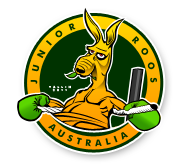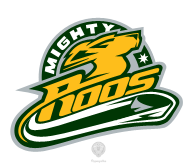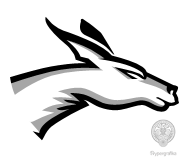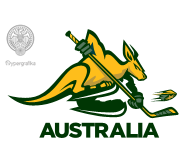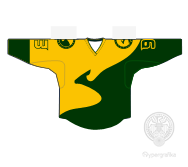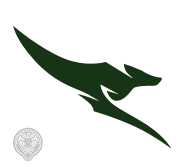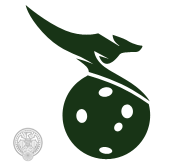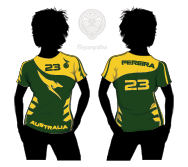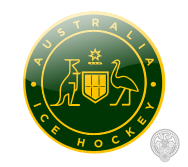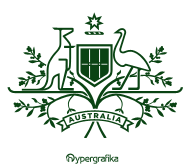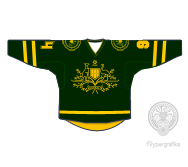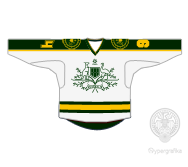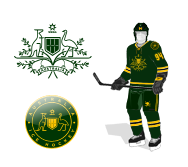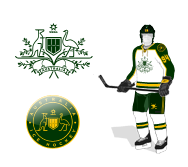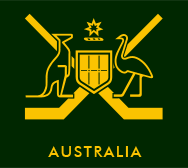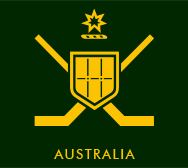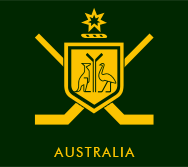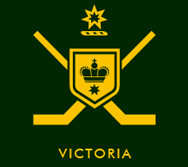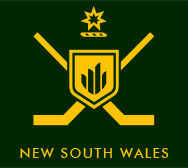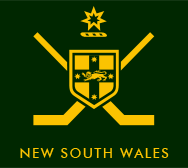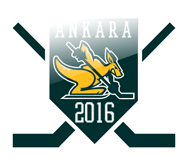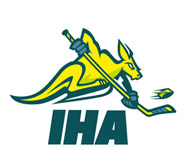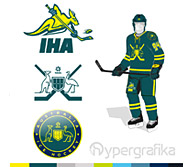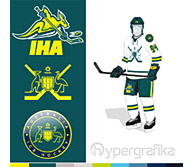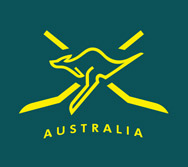Legends
home
From a desert, from the driest continent, from this land at the opposite end of the globe ...
... as remote as could be in the hockey world ...
... came one of the world’s oldest winter sports trophies.
A cool tradition, a dream of champions, and a story we owe it to our children to tell.
Legends of Australian Ice.
[ DESIGN ] Australian Mythscape
Designing National Identity
![]() Some time around 40,000 years ago, some people arrived in boats from the north. They ate all the available food, and a lot of them died. The ones that survived learned respect for the balance of nature, man's proper place in the scheme of things, and spiders. They settled in, and spent a lot of the intervening time making up strange stories.
Some time around 40,000 years ago, some people arrived in boats from the north. They ate all the available food, and a lot of them died. The ones that survived learned respect for the balance of nature, man's proper place in the scheme of things, and spiders. They settled in, and spent a lot of the intervening time making up strange stories.
Then, around 200 years ago, Europeans arrived in boats from the north. More accurately, European convicts were sent, with a few deranged and stupid people in charge. They tried to plant their crops in Autumn (failing to take account of the reversal of the seasons when moving from the top half of the planet to the bottom), ate all their food, and a lot of them died.
About then the sheep arrived, and have been treasured ever since. It is interesting to note here that the Europeans always consider themselves vastly superior to any other race they encounter, since they can lie, cheat, steal, and litigate (marks of a civilised culture they say) - whereas all the Aboriginals can do is happily survive being left in the middle of a vast red-hot desert, equipped with a stick.
Eventually, the new lot of people stopped being Europeans on Extended Holiday and became Australians. The changes are subtle, but deep, caused by the mind-stretching expanses of nothingness and eerie quiet, where a person can sit perfectly still and look deep inside themselves to the core of their essence, their reasons for being, and the necessity of checking inside your boots every morning for fatal surprises. They also picked up the most finely tuned sense of irony in the world, and the Aboriginal gift for making up stories. Be warned."
— Jeremy Lee, "Australia: The Confusing Country"
THE FIRST AUSTRALIAN national sporting team to wear green and gold was the Australian cricket team that toured England in 1899. They still played in traditional white, but they wore green and gold caps and blazers for the opening match of the Ashes. They no longer turned-out in an odd assortment of club or state colours, thanks to their captain.
This became official for all future Australian cricket teams in 1908. Also the Australasian Olympic team that year, although the unified Australia and New Zealand team still arrived in England without a uniform. These were the first Games in which national teams competed, rather than individuals, the first time visual identity of teams came into focus. But it was not until the 1912 Olympics that an official Australian uniform was adopted for the first time: green vests with gold trimming, and white shorts with green and gold trimming. The Australian national soccer team went that way in 1924 with both rugby codes following in 1928 and 1929.
It took the best part of a century before our national colours were formally proclaimed by the then Governor-General of Australia, Sir Ninian Stephen, on the 19th of April, 1984; on advice from the then Prime Minister Bob Hawke. The exact colours are specified as being Pantone Matching System numbers 348C and 116C, and are always referred to as "green and gold", respectively. It is widely believed these colours were chosen because they are the dominant colours of Australia's floral emblem, Acacia pycnantha (the golden wattle).
Affiliation with the bush and outback has often played a role in Australia's mythic landscape. Nearly every current Australian national sports team now wears the wattle colours, including the Mighty Roos and the Jillaroos. Fashion historians such as Margaret Maynard and Jennifer Craik identify bush wear, swim and surf wear, and the use of Australiana and indigenous motifs, as salient characteristics emblematic of Australian style. But working with the green and gold is notoriously difficult.
The Australian government has said that the country cannot claim a single national costume. It has also said "the cut, cloth and style of beachwear and bush wear have been adapted as localised street dress, as have the colours of the Australian landscapes, flora and fauna to the extent that there is a recognisable national dress style". Well, they might be right, you know. If you haven't yet tried thongs and budgie snugglers in the ice and snow, you really should.
Benalla girl, Prue Acton, designer of three Olympic costumes, once said: "The colours are not complementary. They do not represent the spectrum. They tire the eyes and force them to seek relief elsewhere [ . . . ] There is no way to make green and gold — in any version — work for us". The traditional colours were even dumped by Sportcraft in favour of blue and silver at Beijing in 2008. Despite praise from style boffins such as Eric Wilson of InStyle mag, there was plenty of local criticism, plenty in the media who branded the move away from traditional colour as "un-Australian".
So, Sportcraft swept it all under the carpet. Four years later, our athletes wore stark white pants or skirts over "Australia's historic Volley sandshoes" and dark green blazers with gold buttons and the Olympic rings. Perhaps a nod to the very first uniforms worn by our cricketers. This most recent offering inspired profound disappointment, someone branding it a "uniformal disaster of Olympic proportions". But fear not! There was much worse among our competitors and Sportcraft may well have been spared for yet another attempt.
We're not sure akubras and driza-bone oilskins are really any more heroic than shorts and tees. It's just part of our mythscape. The national narratives. Yes, the light is different here. So what? Please don't turn that into something cringe-worthy. The costume designers have moved too far from the sporting core of the event. Athletes paraded in jingoistic wrapping paper for a catwalk. We think they should be in street gear derived from their sporting kits. Identity is a process, not a fixity.
Here is a small collection of our most recent work on national sports team identity, both uniforms and street wear. We don't mean to be cashing-in on koalas and kangaroos. Side-stepping that imagery for teams with those nick-names isn't as easy as it might seem.
![]()
References:
[1] The great Australian larrikin: Myths, markets and moral panics, Tony Smith. Melissa Bellanta Larrikins: A History, St Lucia, University of Queensland Press, 2012 (296 pp). ISBN 9-78070223-912-0

